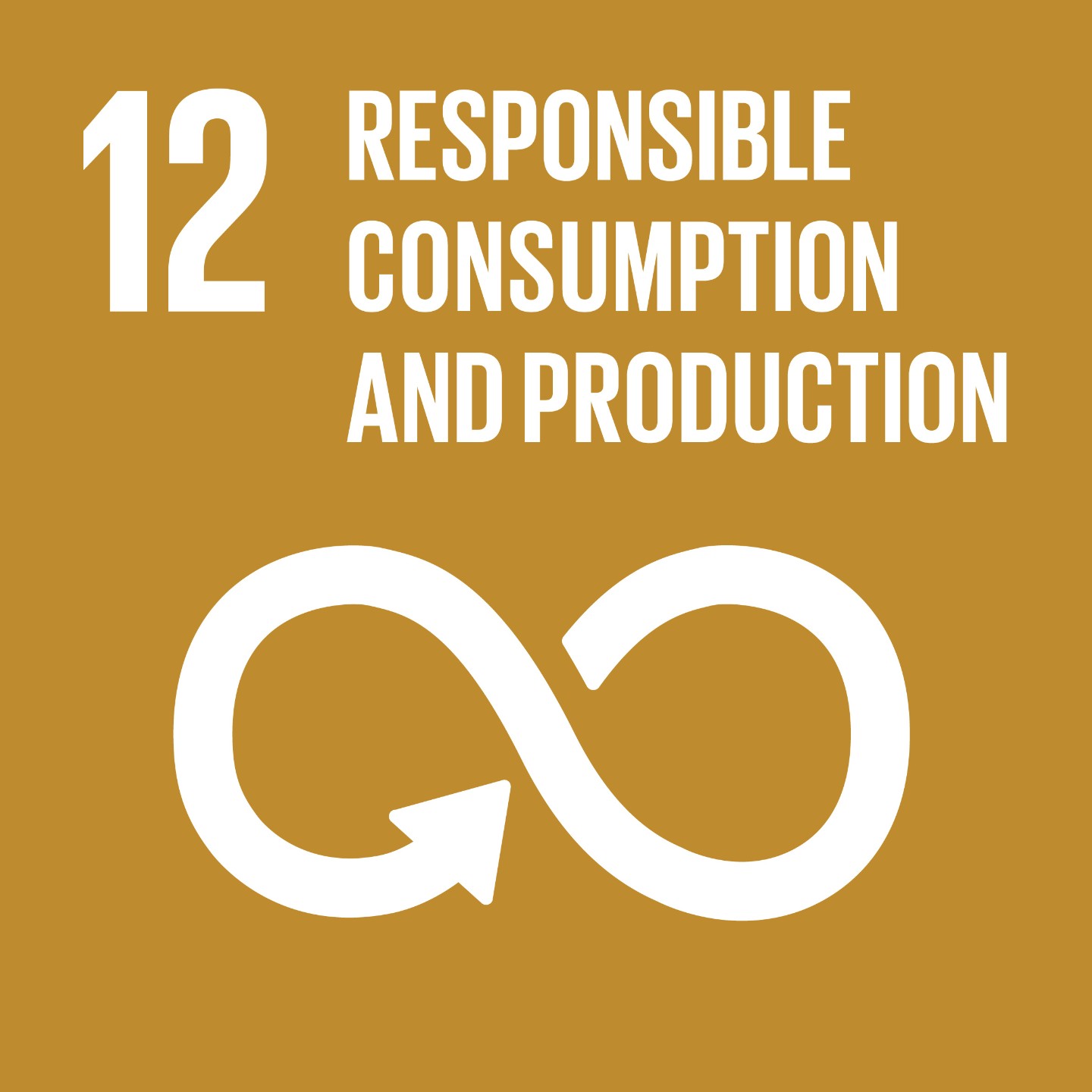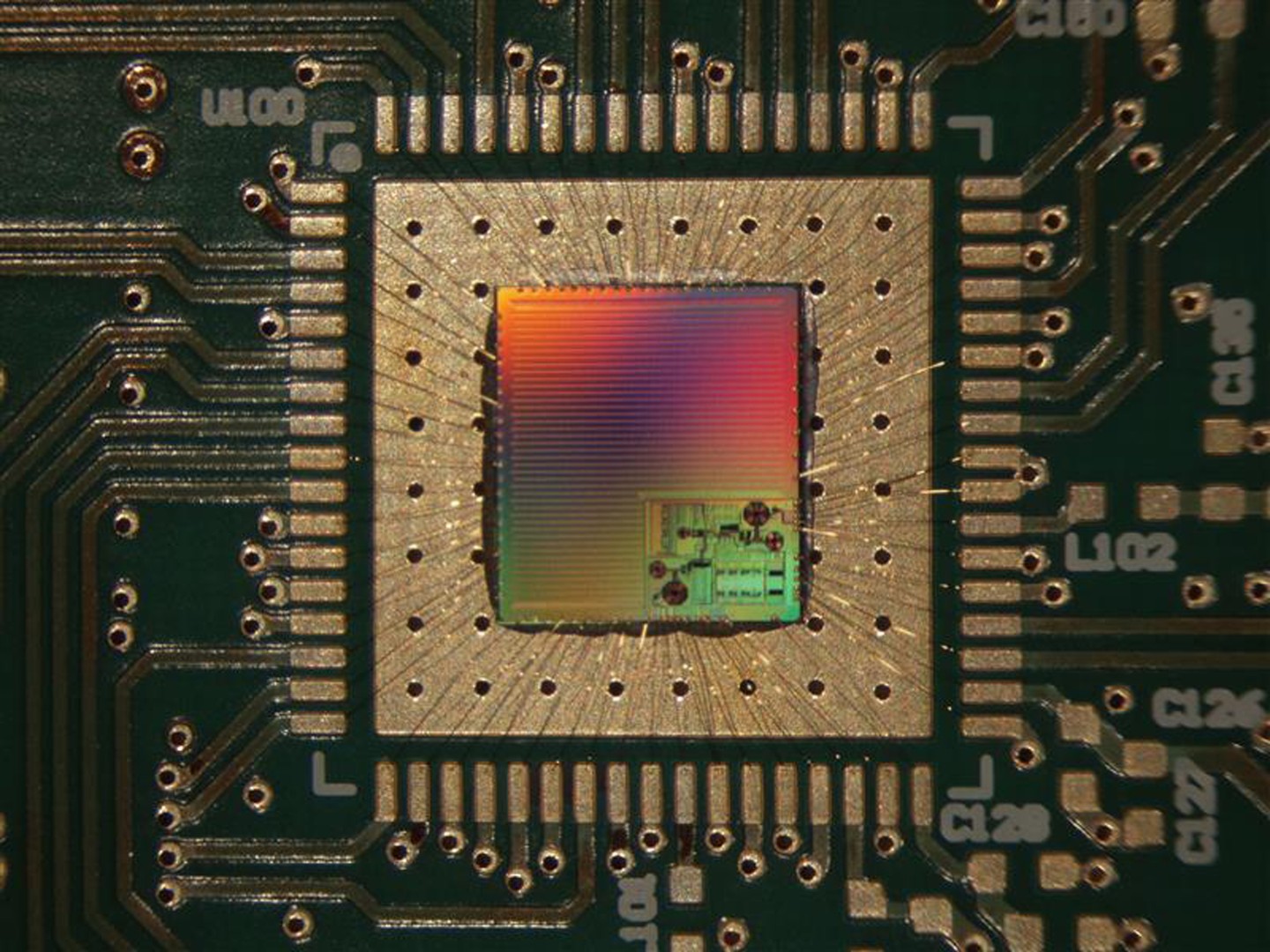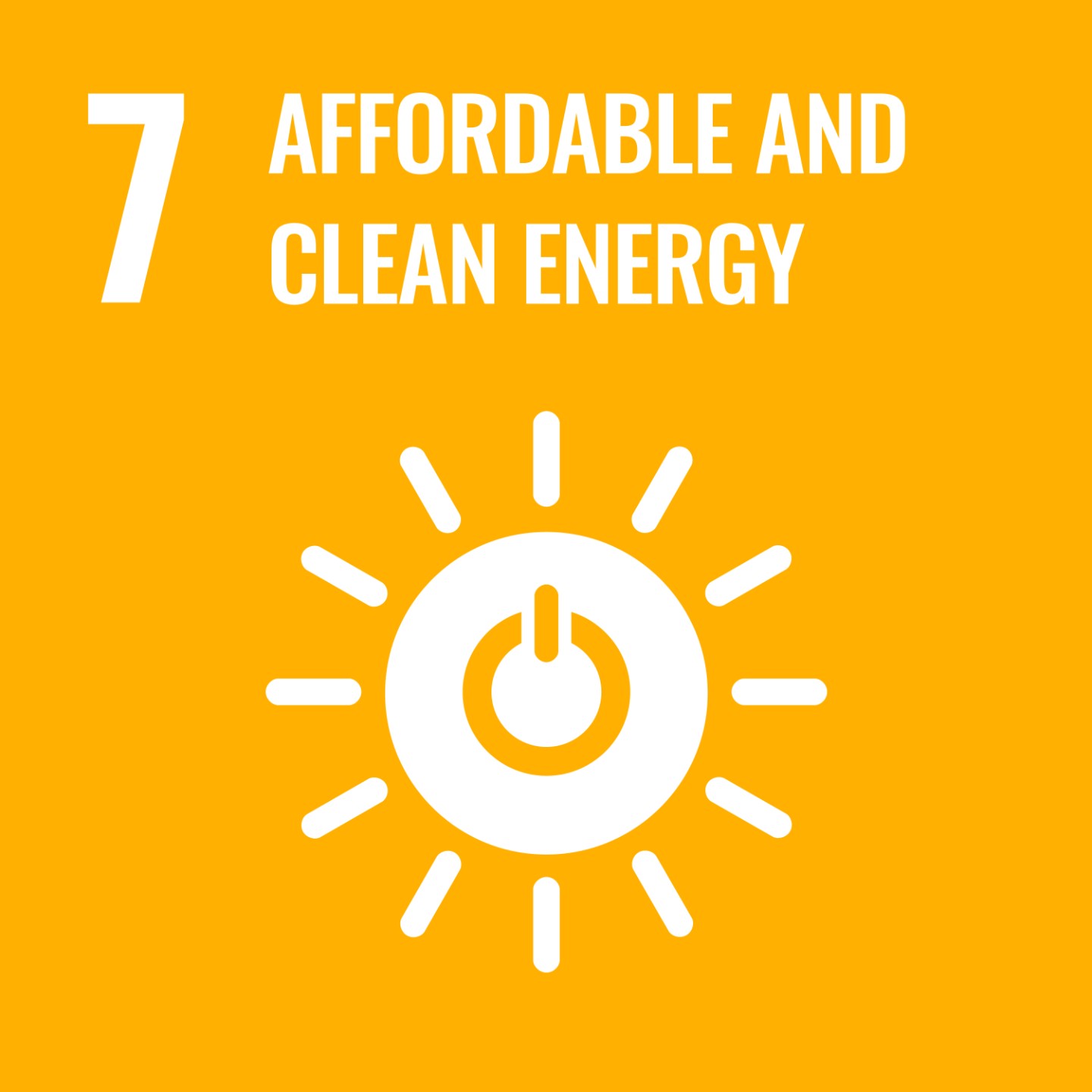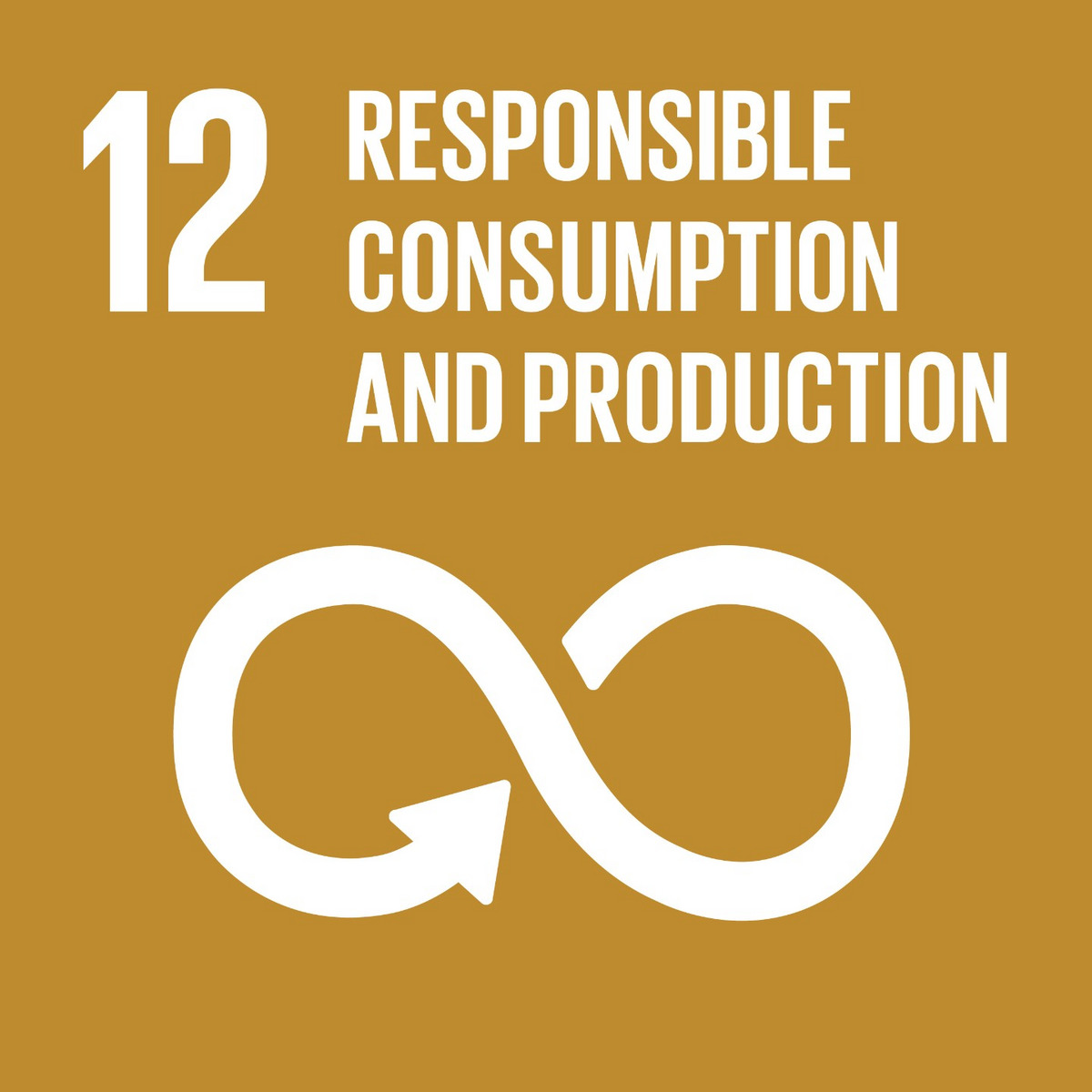Why chip design can make microelectronics more sustainable
What role does sustainable chip design play in microelectronics and how does it contribute to reducing the industry's environmental footprint? Innovative technologies are used to improve the efficiency of microelectronics. Interview with Prof. Dr. Heinrich Milosiu, Chief Scientist at Fraunhofer IIS.
“The impact of microelectronics in all its facets is truly enormous,” explains Prof. Dr. Heinrich Milosiu. He is Chief Scientist for System and Circuit Optimization and Chip Designer at Fraunhofer IIS and Professor at Friedrich-Alexander-Universität Erlangen-Nürnberg (FAU). Milosiu is convinced that chip design, a field of microelectronics, not only contributes to the further development of future-relevant technologies, but also makes a sustainable contribution to climate protection.
SDG 12: Sustainable consumption and production
Technology has the task of making life easier, all the better if it is also environmentally friendly and energy-efficient. Chip design plays a central role in this.
By concentrating all the functions of an electronic device on a tiny chip measuring just a few millimeters, only a fraction of the space is needed today that was previously required. This reduces the need for valuable materials such as copper, nickel or gold many times over. “We have the advantage that we don't produce any electronic waste; on the contrary, with microelectronics we avoid producing electronic waste at all,” explains Prof. Dr. Milosiu.
Advantages of chip design in terms of sustainability
Microelectronics today are unimaginably small. In contrast to the past, when components such as transistors, capacitors, coils, diodes or resistors were physically attached to circuit boards, they are now applied as planar layers on a chip. A transistor on a chip is sometimes only a few nanometers in size and 10,000 times thinner than a human hair. This miniaturization brings enormous advantages:
- Reduced size and weight: By integrating multiple components on a single chip, electronic devices become smaller, lighter and more portable.
- Higher speed: The shorter interconnect distances between components enable faster signal transmission speeds.
- Lower power consumption: Integrated circuits consume less power than discrete components, resulting in longer battery life and less heat generation.
- Increased reliability: The reduced number of connections and the more compact design and potting in one housing lead to higher reliability and lower failure rates.
- Higher integration density / Greater complexity: The ability to fit more transistors on a chip enables the development of more powerful and feature-richelectronics. Integrated circuits can integrate more complex circuits with more functions on a single chip.
- Lower cost: The mass production of integrated circuits results in a lower cost per function compared to discrete components.
- Fewer components: The integration of multiple components in one chip reduces the number of components required and simplifies the manufacturing process.
- Improved environmental compatibility: The more efficient use of materials leads to less use of materials and thus to a lower environmental impact from electronics production.
SDG 7: Affordable and clean energy
In the area of low-power wireless, power consumption is optimized in such a way that, for example, a weekly battery change can be extended to a battery life of ten years. Prof. Dr. Milosiu explains: “A thousand-fold reduction in power consumption is indeed one of the possible outcomes of our research and development work”.
SDG 10: Fewer inequalities
What also sets Fraunhofer IIS apart is the “very lively and creative culture at the institute. We are allowed to be creative in our research and have a lot of freedom,” says Prof. Dr. Milosiu.
The realization of equal opportunities is also reflected in the staff at Fraunhofer IIS. “Diversity is a guarantee for creativity,” illustrates Prof. Dr. Milosiu, ”we have numerous nations represented in our company.” The increasing proportion of women in development is also a positive trend that makes an important contribution to the implementation of sustainability goals.
When asked why Fraunhofer IIS can successfully manage the implementation of the Sustainable Development Goals, Prof. Dr. Milosiu expressed the following thoughts: “We have the advantage that we can develop independent concepts and can also take new directions. This is because we are far ahead in the value chain. In addition, a pronounced awareness of sustainability is firmly anchored in the mindset of the workforce and in the mission statement of Fraunhofer IIS.”
This article was produced with the kind support of students at Nuremberg Institute of Technology as part of a seminar paper by Celina Merdian, Hannes Gsell and Tina Neubert.

© United Nations

© Fraunhofer IIS

© United Nations

© United Nations


